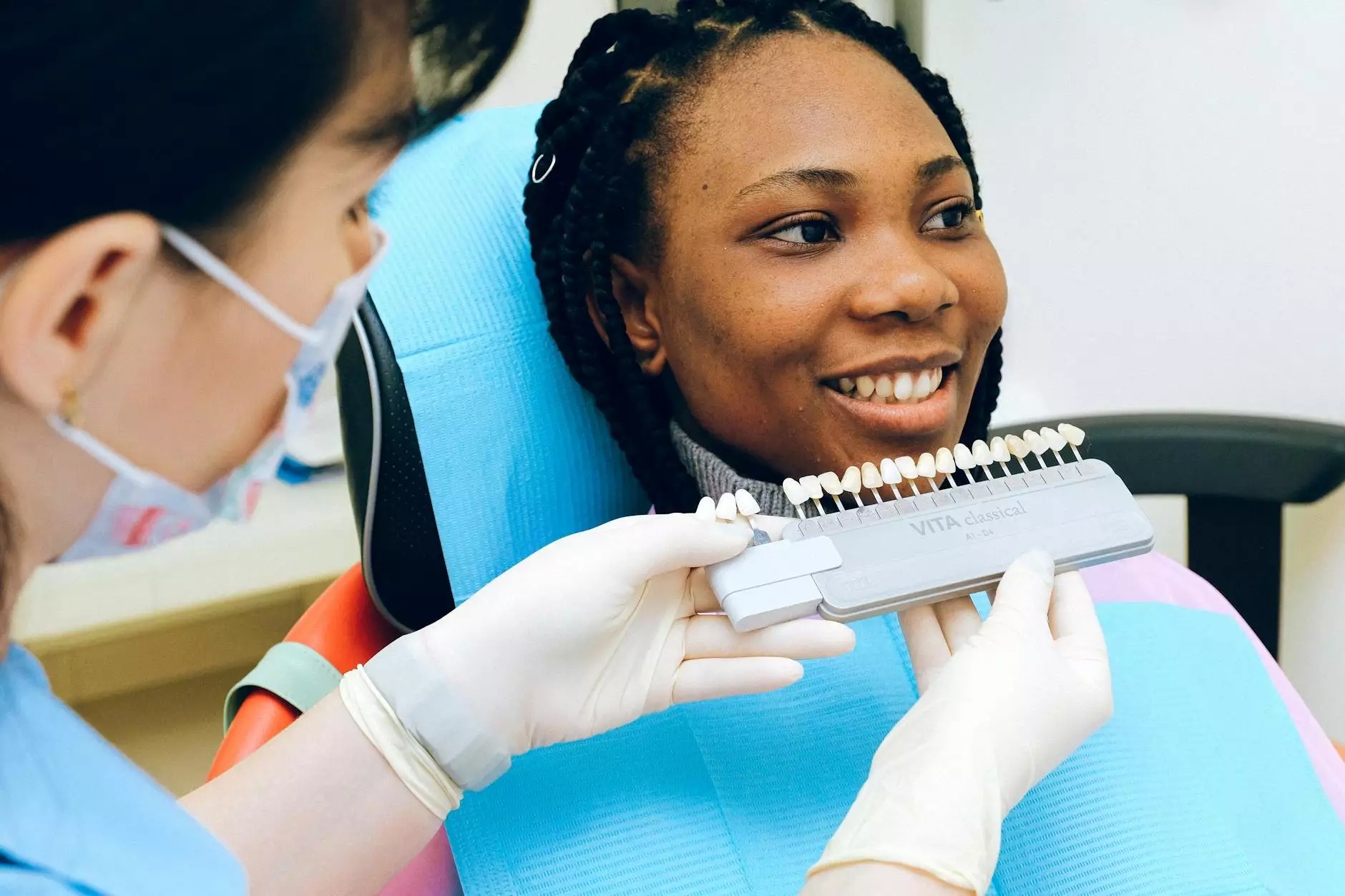Shoulder Pain with Abduction and External Rotation

Shoulder pain with abduction and external rotation can be a frustrating and debilitating condition that affects numerous individuals. This type of shoulder pain occurs when moving the arm away from the body (abduction) and rotating the arm outward (external rotation). If you're experiencing this discomfort, you're not alone.
Understanding the Shoulder Joint
Before delving into the causes and treatment options for this specific condition, it's important to grasp the complexity of the shoulder joint. The shoulder joint is one of the most mobile joints in the human body, allowing a wide range of motion. However, this mobility also makes it susceptible to various injuries and conditions.
Causes of Shoulder Pain with Abduction and External Rotation
Several factors can contribute to shoulder pain with abduction and external rotation. Understanding these causes can help in effectively addressing and managing the condition.
Rotator Cuff Injuries
The rotator cuff is a group of tendons and muscles that stabilize the shoulder joint and allow for its smooth movement. Injuries to the rotator cuff, such as tears or strains, can lead to pain during abduction and external rotation of the arm.
Shoulder Impingement Syndrome
Shoulder impingement syndrome occurs when the shoulder blade exerts excessive pressure on the underlying soft tissues, including the rotator cuff tendons. This compression can result in pain and limited mobility, particularly during abduction and external rotation.
Glenohumeral Instability
Glenohumeral instability refers to the overly lax or loose shoulder joint, which can predispose individuals to shoulder dislocations or subluxations. As a result, pain during abduction and external rotation can occur.
Treatment Options
When it comes to managing shoulder pain with abduction and external rotation, various treatment options are available. The appropriate treatment plan often depends on the underlying cause and severity of the condition.
Physical Therapy
Physical therapy is a vital component of shoulder pain management. A skilled physical therapist can assess your condition, develop a personalized treatment plan, and guide you through exercises aimed at strengthening the shoulder muscles, improving flexibility, and reducing pain.
Chiropractic Care
Chiropractic care focuses on the diagnosis, treatment, and prevention of musculoskeletal disorders, including shoulder pain. Chiropractors are trained to identify misalignments and imbalances in the musculoskeletal system, which may contribute to shoulder pain. Through manual adjustments and other techniques, chiropractors can help alleviate pain and restore normal joint function.
Medication and Injections
In some cases, over-the-counter pain medications or prescription medications may be recommended to manage pain and reduce inflammation. Additionally, corticosteroid injections can be administered to provide temporary relief, especially when conservative measures alone are insufficient.
Prevention Tips
Preventing shoulder pain with abduction and external rotation can significantly improve your overall shoulder health and decrease the likelihood of future discomfort. Here are some essential preventive measures:
- Practice proper posture: Maintaining good posture can reduce unnecessary stress on the shoulders.
- Warm-up and stretch: Before engaging in physical activities or sports, warm-up exercises and gentle stretches can prepare your shoulders for motion and prevent injuries.
- Strengthen shoulder muscles: Regular strength training exercises that target the shoulder muscles can enhance stability and reduce the risk of injuries.
- Listen to your body: If you experience any pain or discomfort during shoulder movements, avoid overexerting yourself and seek appropriate medical advice.
Conclusion
If you're dealing with shoulder pain during abduction and external rotation, it's essential to seek professional help to accurately diagnose the underlying cause. IAOM-US offers comprehensive health services, including chiropractic care and physical therapy, to address shoulder pain and support your recovery. By understanding the causes, pursuing appropriate treatment options, and implementing preventive measures, you can regain shoulder functionality and improve your overall quality of life.









